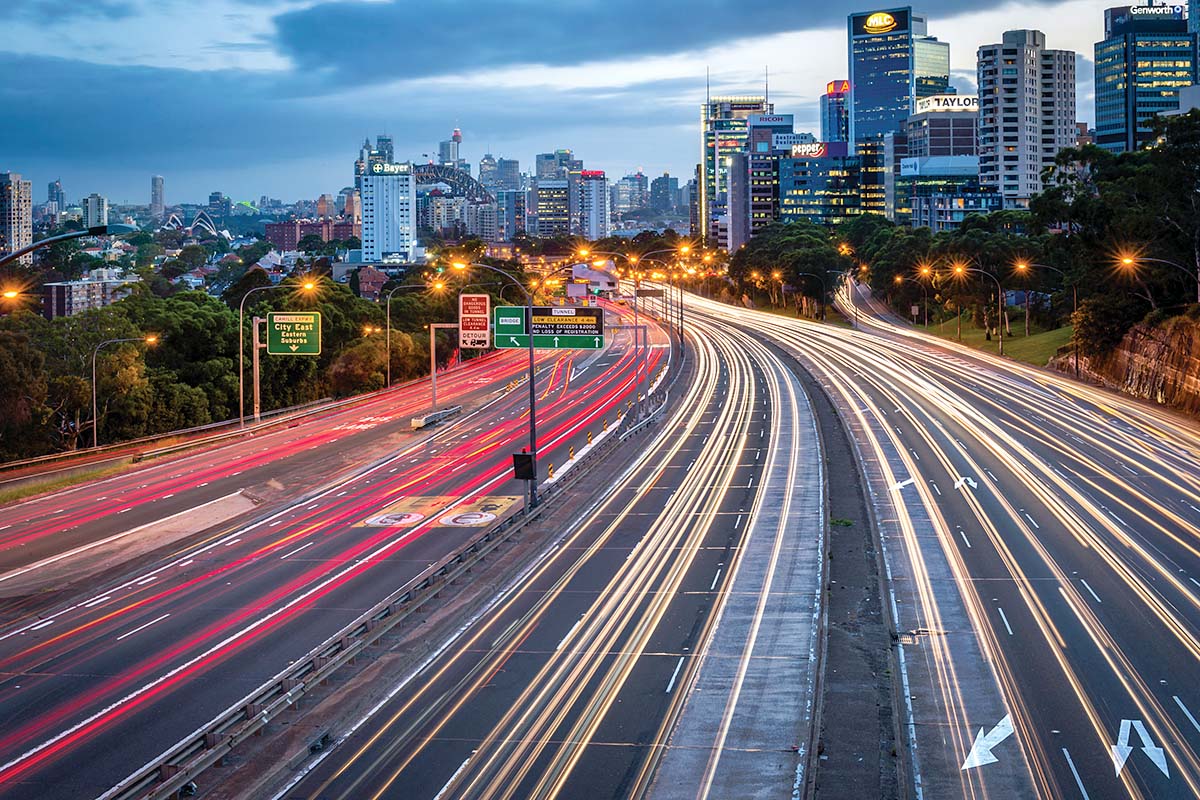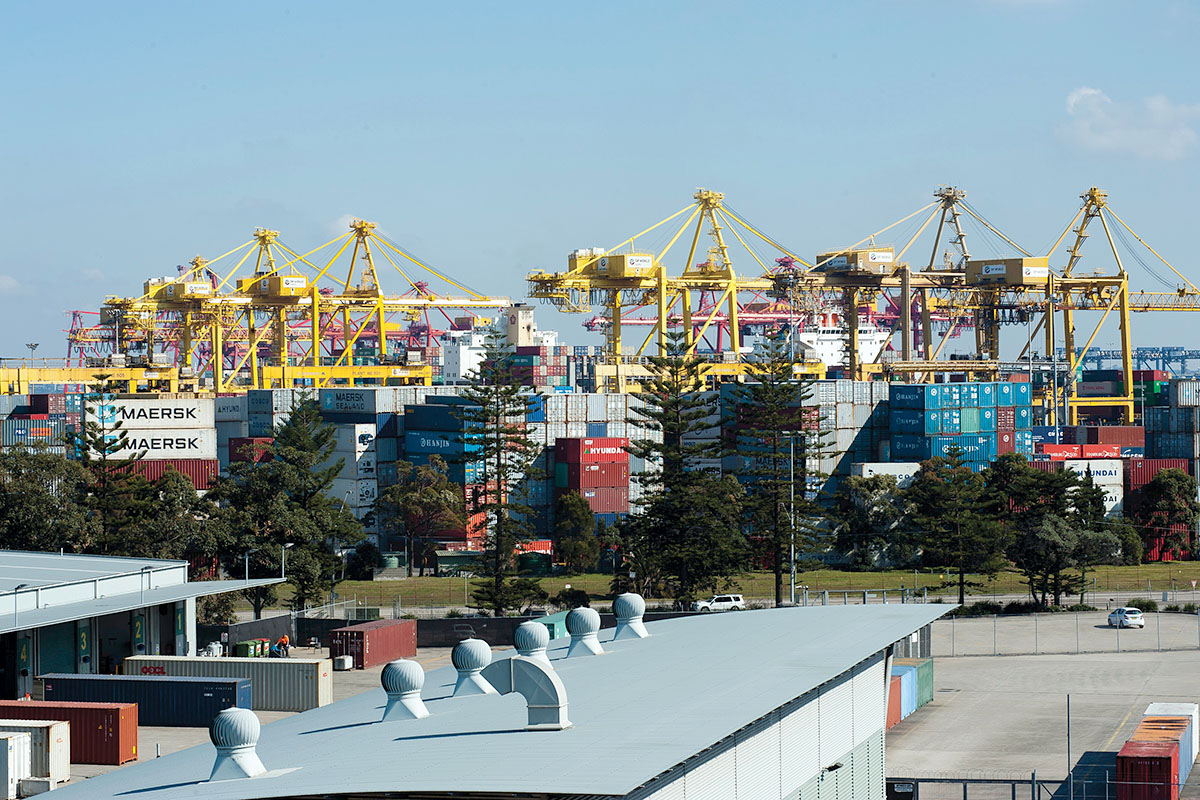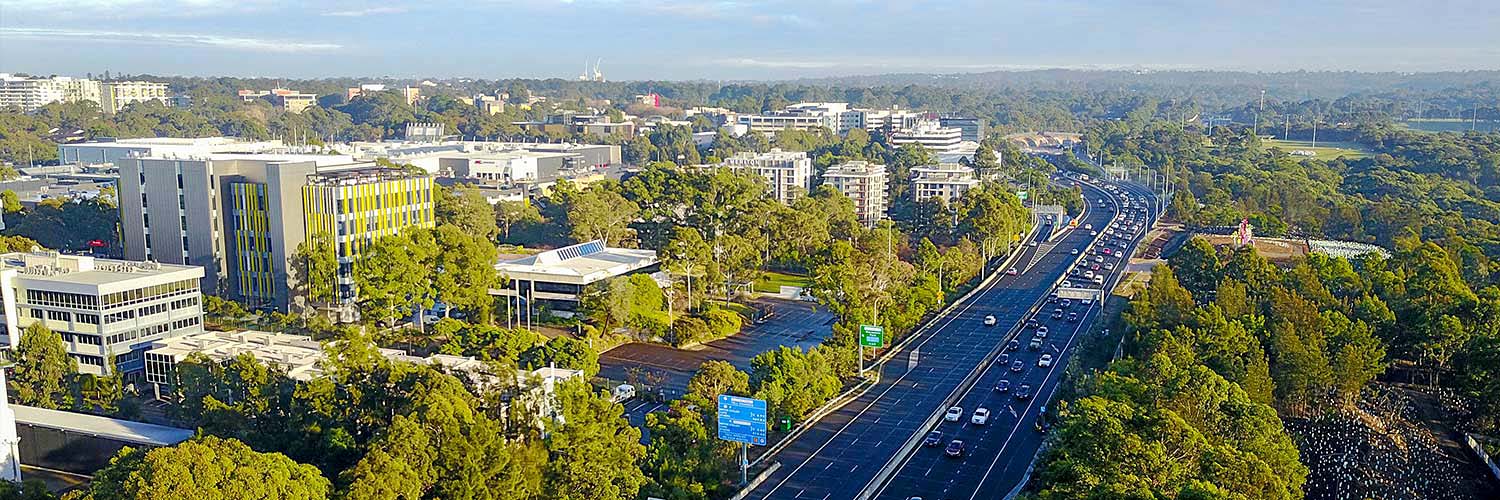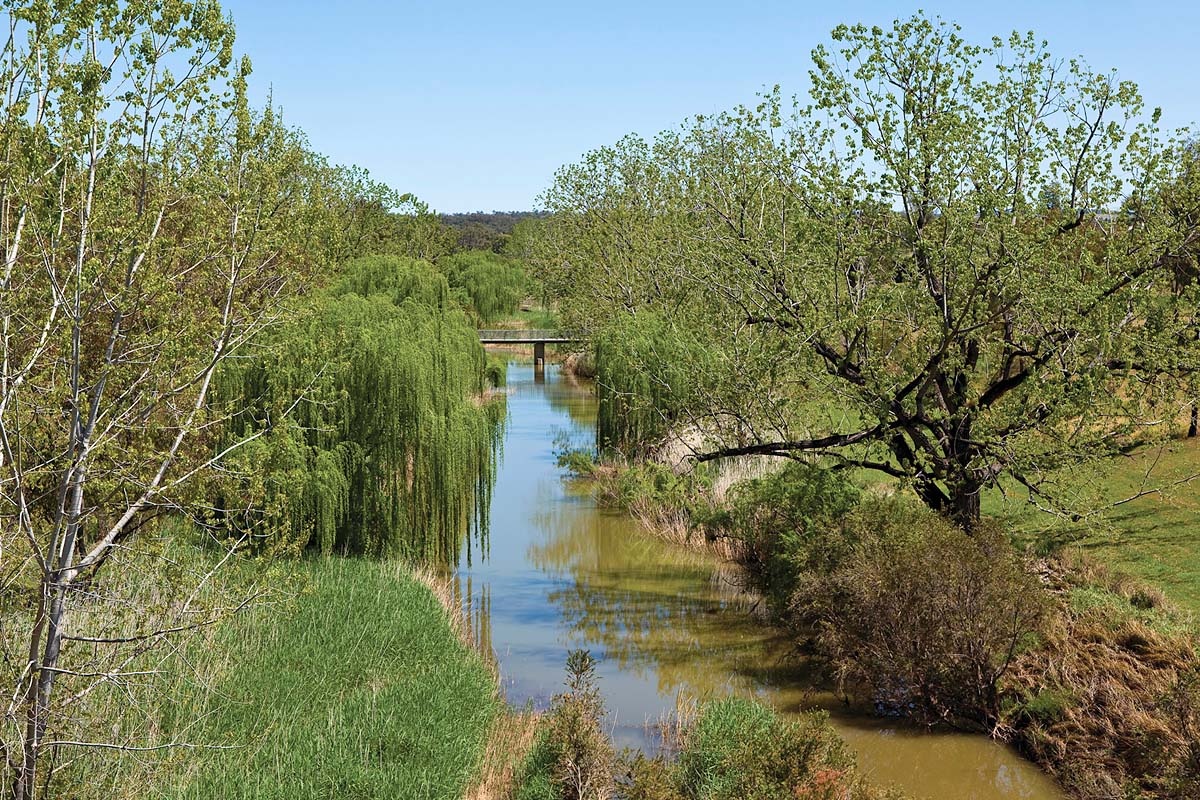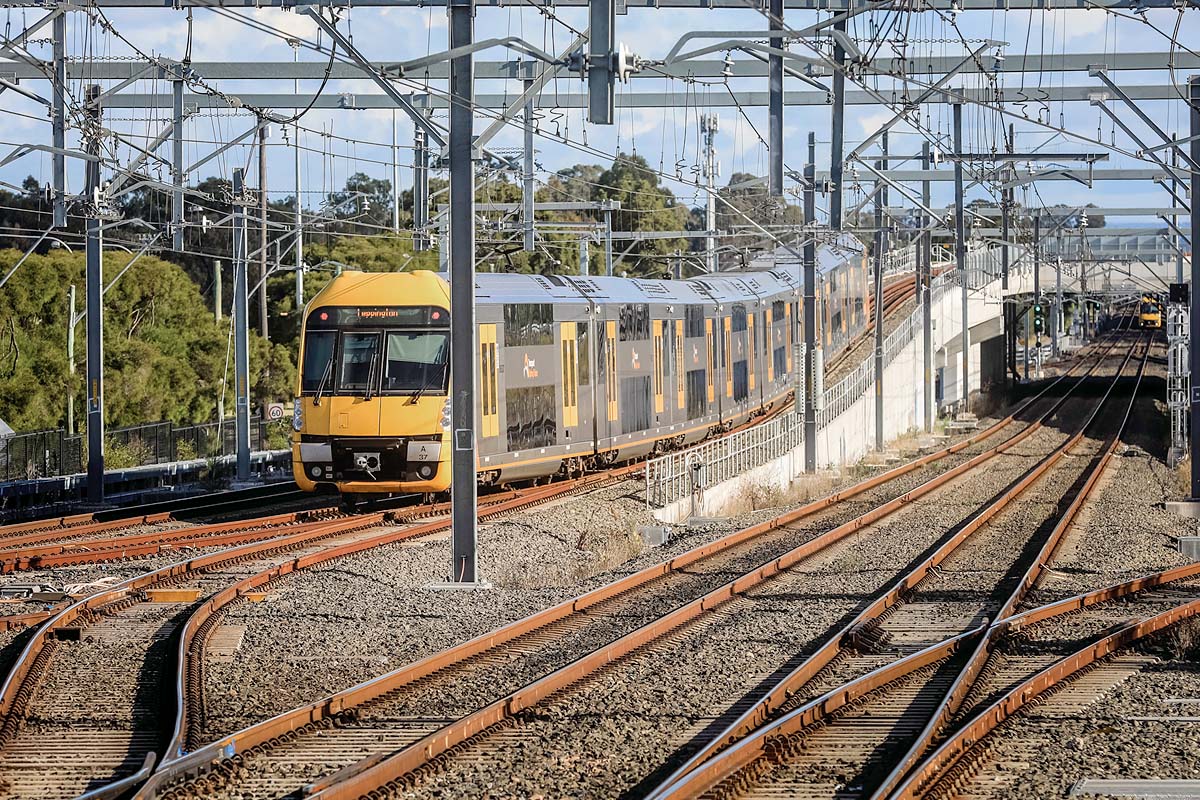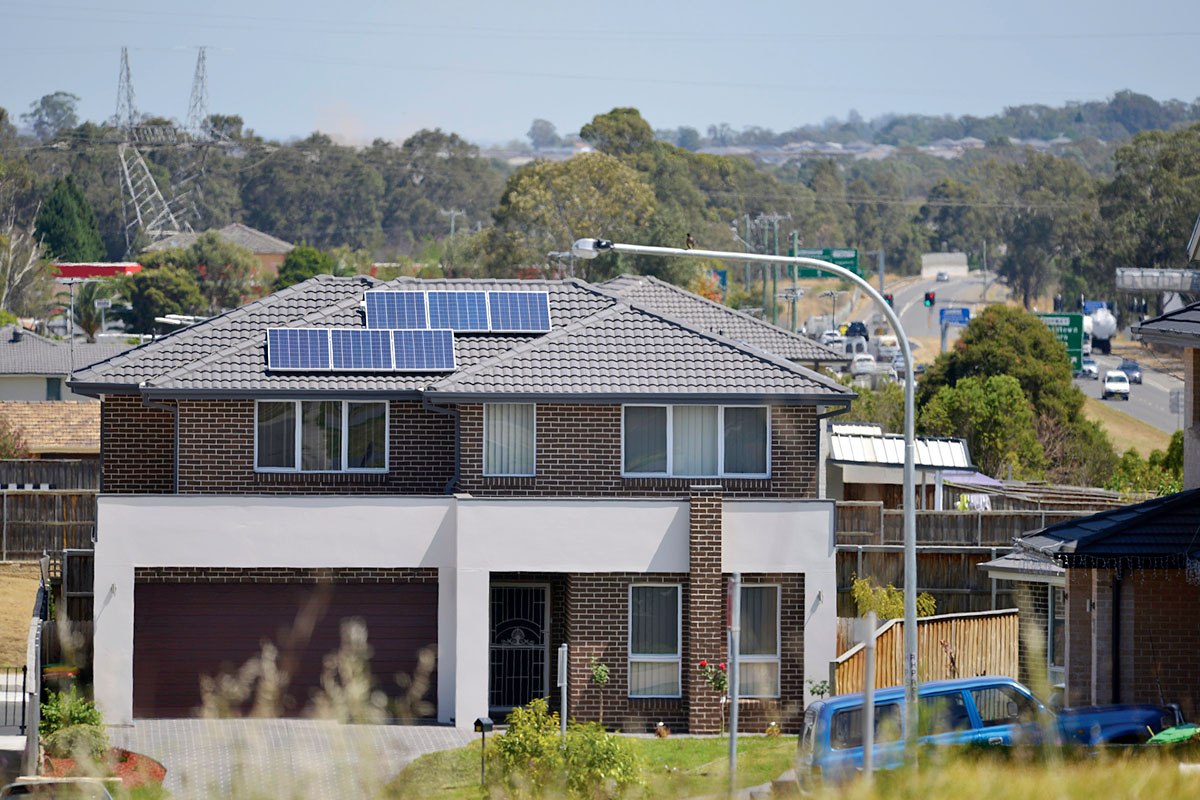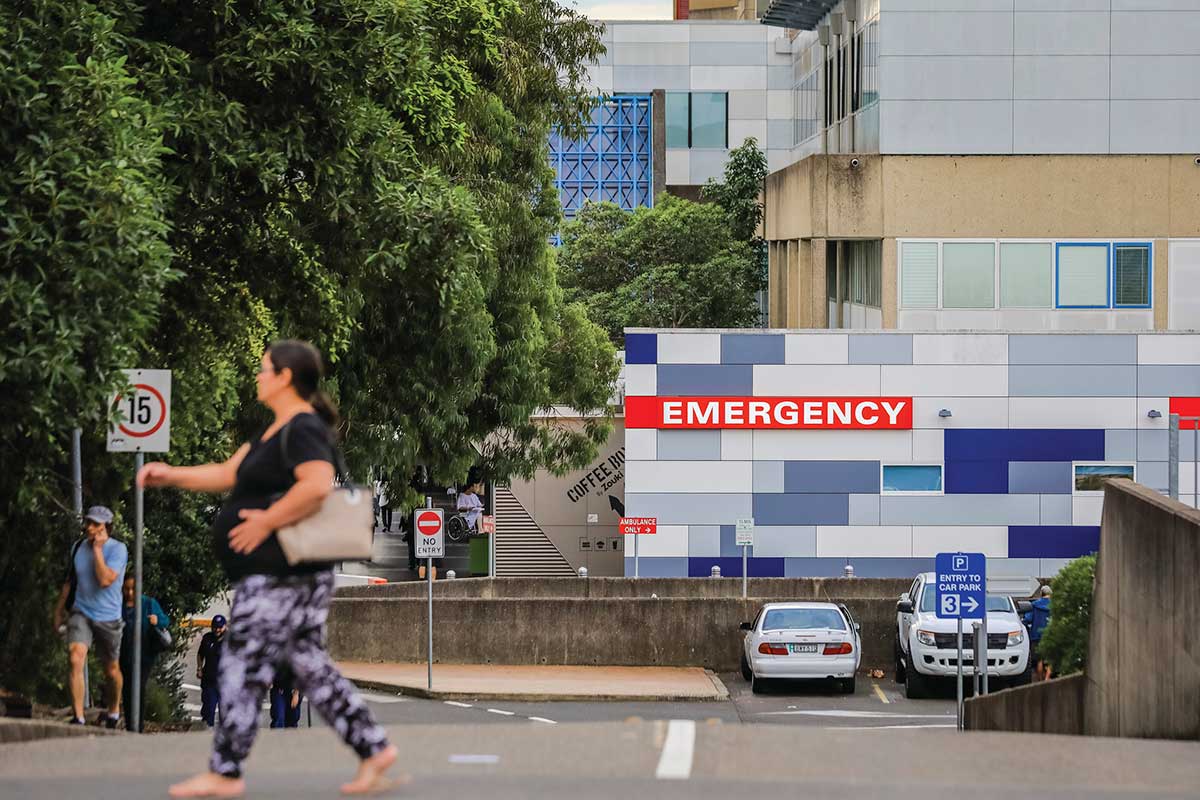The State Environmental Planning Policy (Transport and Infrastructure) 2021 – also known as the Transport and Infrastructure State Environment Planning Policy (SEPP) provides a more efficient planning framework for delivering infrastructure in NSW.
Modern, efficient infrastructure is vital for the growth, prosperity and wellbeing of NSW communities. Planning for future infrastructure and upgrading existing services are critical for urban and regional development. It's also necessary for stimulating our economy and supporting housing supply.
The Transport and Infrastructure SEPP ensures infrastructure is delivered with appropriate environmental assessment and consultation.
The policy outlines the planning rules for delivering most infrastructure works and facilities across NSW. This includes rules for:
- providing greater flexibility in the location of infrastructure and services
- allowing for efficient development of land for infrastructure
- identifying projects where environmental impacts are likely to be minimal as exempt or complying development
- outlining the approval process and assessment requirements for infrastructure proposals
- allowing for consultation with relevant public authorities and communities about infrastructure development.
Infrastructure areas covered by the policy
| Infrastructure | Chapter in the SEPP |
|---|---|
| Delivery of various infrastructure types and service facilities | Chapter 2 |
| Delivery of educational establishments and childcare facilities | Chapter 3 |
| Identification and control of major infrastructure corridors | Chapter 4 |
| Development at the state's 3 major ports: Port Botany, Port Kembla and Port of Newcastle | Chapter 5 |
| Development at the Moorebank Freight Intermodal Precinct | Chapter 6 |
Resources
- Implementation Plan: Transport and Infrastructure SEPP – Chapter 6 – Moorebank Freight Intermodal Precinct (PDF, 398 KB)
- Traffic Audit Framework Report – Moorebank SEPP – Appendices (PDF, 4.7 MB)
- Maps for Transport and Infrastructure SEPP
- Stakeholder and community participation plan for new health services facilities and schools (PDF, 442 KB)
- The NSW Department of Education’s Stakeholder and Community Participation Plan 2024
- Health Infrastructure Community Participation Plan
- Development without consent – information on Part 5 including Guidelines for Division 5.1 assessments
- Guidelines for Division 5.1 assessments (PDF, 2.9 MB)
- Guidelines for Division 5.1 assessments – Consideration of environmental factors for health services facilities and schools – addendum
- NSW Code of Practice for Authorised Network Operators (Poles and Wires) (PDF, 1.1 MB)
- NSW Code of Practice for Environmental Impact Assessment of Development Proposals (Rail Infrastructure Facilities)
- Division 5.1 (Part 5) Activities
- Planning approval pathways
- Site Compatibility Certificates
- NSW legislation
More information
For further questions, email the policy team at [email protected]
